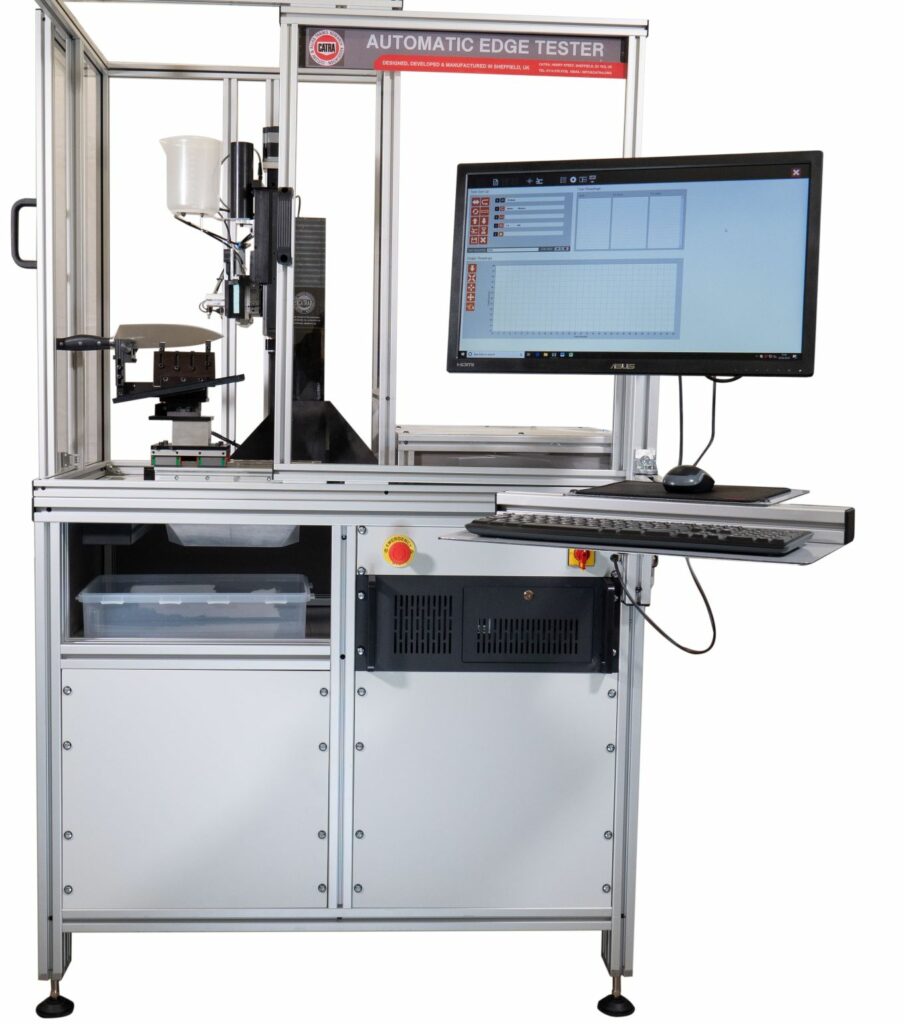The BESS value is the maximum weight you need to push your knife through a certified test medium. BESS test give sharpness of edge , and says nothing how the knife would cut different materials ?
Why in same manner we don t test different bevels , like hollow grind , full flat grind , convex , chisel flat grind , chisel hollow grind , scandi grind ......?
I can make small blades for that test in same steel , same dimension , same hardness ,same sharpening angle .......
What I am not sure is what to use to cut on that test ? Cardboard, placed vertically, yellow hard cheese / I don t know name for it on English / , potatoes ........ what to cut for test like this one ? Of course, what we are cutting should be larger than the width of the knife blade .
I'm not sure which grind would be the winner , individual or on total average result ?
Is this done so far ?
Why in same manner we don t test different bevels , like hollow grind , full flat grind , convex , chisel flat grind , chisel hollow grind , scandi grind ......?
I can make small blades for that test in same steel , same dimension , same hardness ,same sharpening angle .......
What I am not sure is what to use to cut on that test ? Cardboard, placed vertically, yellow hard cheese / I don t know name for it on English / , potatoes ........ what to cut for test like this one ? Of course, what we are cutting should be larger than the width of the knife blade .
I'm not sure which grind would be the winner , individual or on total average result ?
Is this done so far ?
Last edited:















